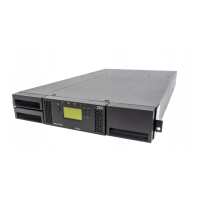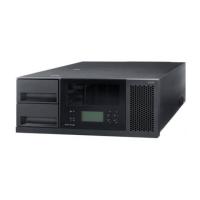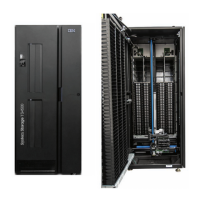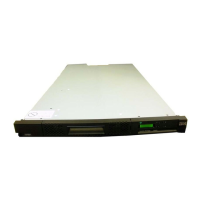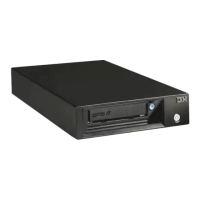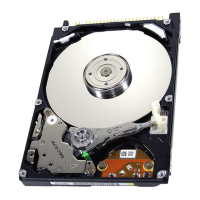and slide the door to the left. When an I/O station door is open, you can access its I/O
storage slots. When the door is closed, the cartridge accessor can access the slots. Each I/O
station has sensors and a locking mechanism to prevent you and the cartridge accessor
from simultaneously accessing it.
If an I/O station door will not close, verify that the orientation of the cartridges is correct.
Ensure that you are not attempting to insert an LTO cartridge into a 3592 I/O slot, or a
3592 cartridge into an LTO I/O slot.
Each I/O station slot has a unique address to indicate its physical location. The I/O station
slot address consists of two values: a frame number and a row number:
Frame number
Represented as Fxx, where F equals the frame and xx equals its number. The frame
number is always 01 in an I/O station in an L-frame.
Row number
Represented as Rzz, where R equals the row and zz equals its number. The row
number is 1 for the top cartridge in the upper I/O station in a L-frame or the upper
left I/O station in a D-frame, and increments by one for each row below the top slot.
A frame with two I/O stations assigns its I/O slot addresses as if the two stations were one.
For example, in an L-frame (which is assigned F01),
• An I/O slot address of F01,R05 means frame 1, slot 5 (fifth row from the top of the
upper I/O station; see 1 in Figure 1).
• An I/O slot address of F01,R19 means frame 1, slot 19 (third row in the lower I/O
station of a Model L22 or L52; see 2 ).
Figure 1. Storage slot addresses in the I/O stations of the TS3500 Tape Library. The door of
a Model L22 or L52 frame is shown.
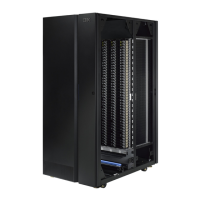
